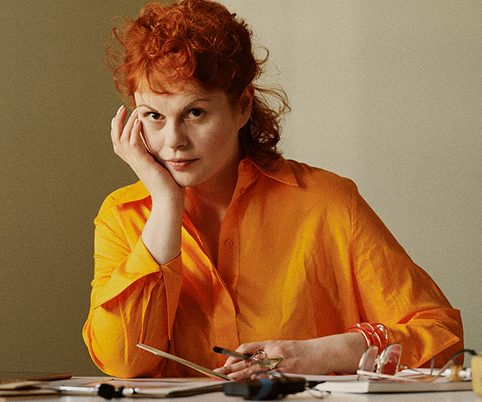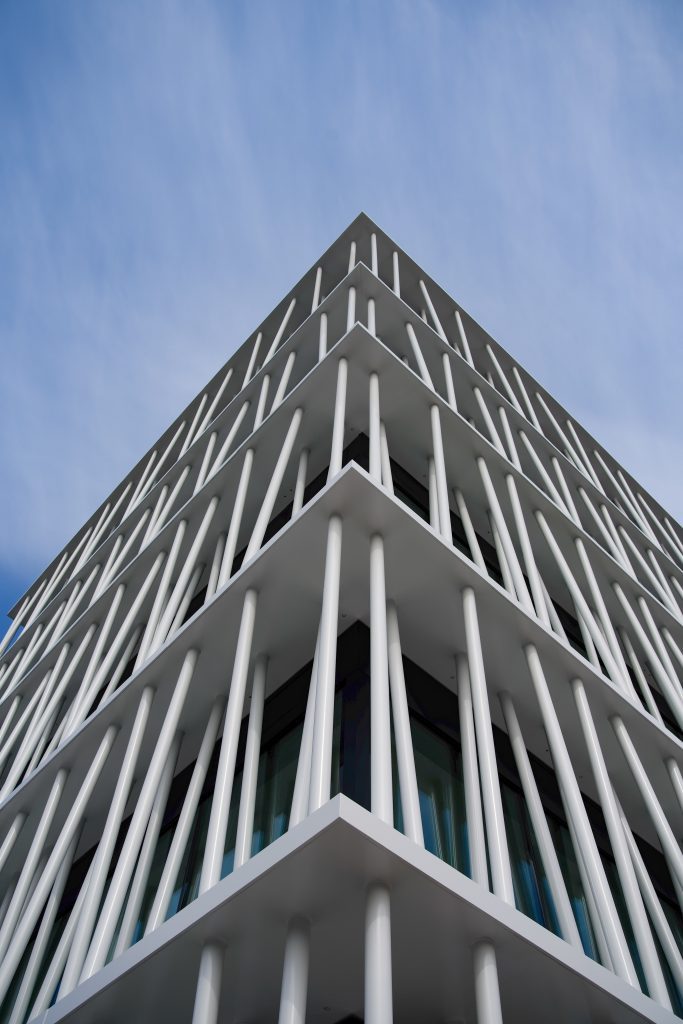Five architectural gems you should know in Berlin’s Charlottenburg and Mitte districts
Several sites of modern architecture are located in the vicinity of the Temporary Bauhaus-Archiv, the interim venue of the Bauhaus-Archiv in Charlottenburg.
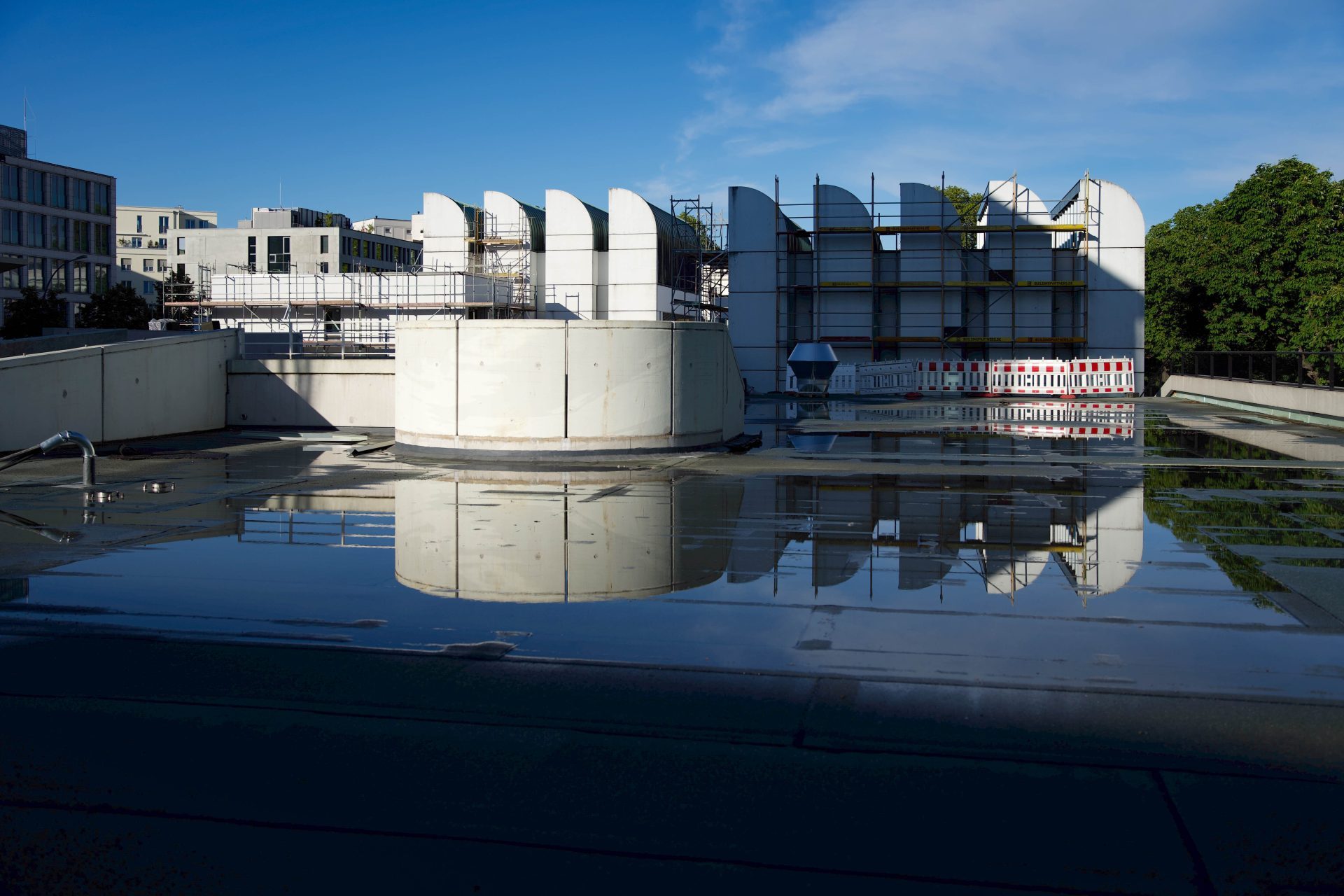
The Museum
-
Das Bauhaus-Archiv / Museum für Gestaltung, designed by Walter Gropius, was opened in Berlin in 1979.
-
It is known for its prominent shed roofs. The Bauhaus-Archiv building is currently undergoing renovation and expansion so as to meet the requirements of running a museum and archive in the 21st century.
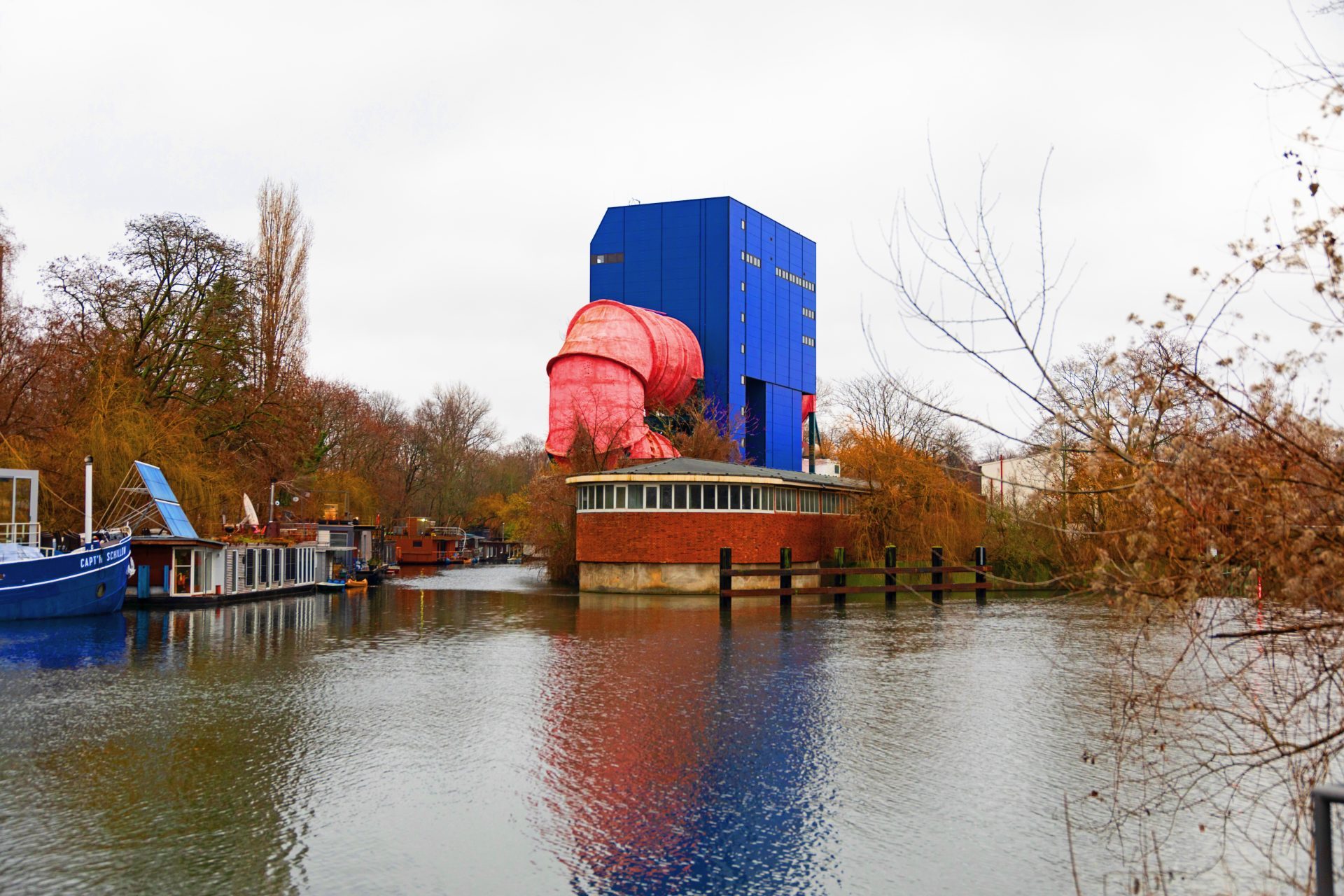
The “Pink Pipe”
-
Flow tests for ship models and turbines are conducted inside the circulation tank, nicknamed the “Pink Pipe”.
-
The building, constructed by architect Ludwig Leo in 1974, is deemed to be the largest circulation tank in the world with a total capacity of 3,300,000 litres and a water circuit measuring 120 metres in length. The shape of this special building reveals its function.
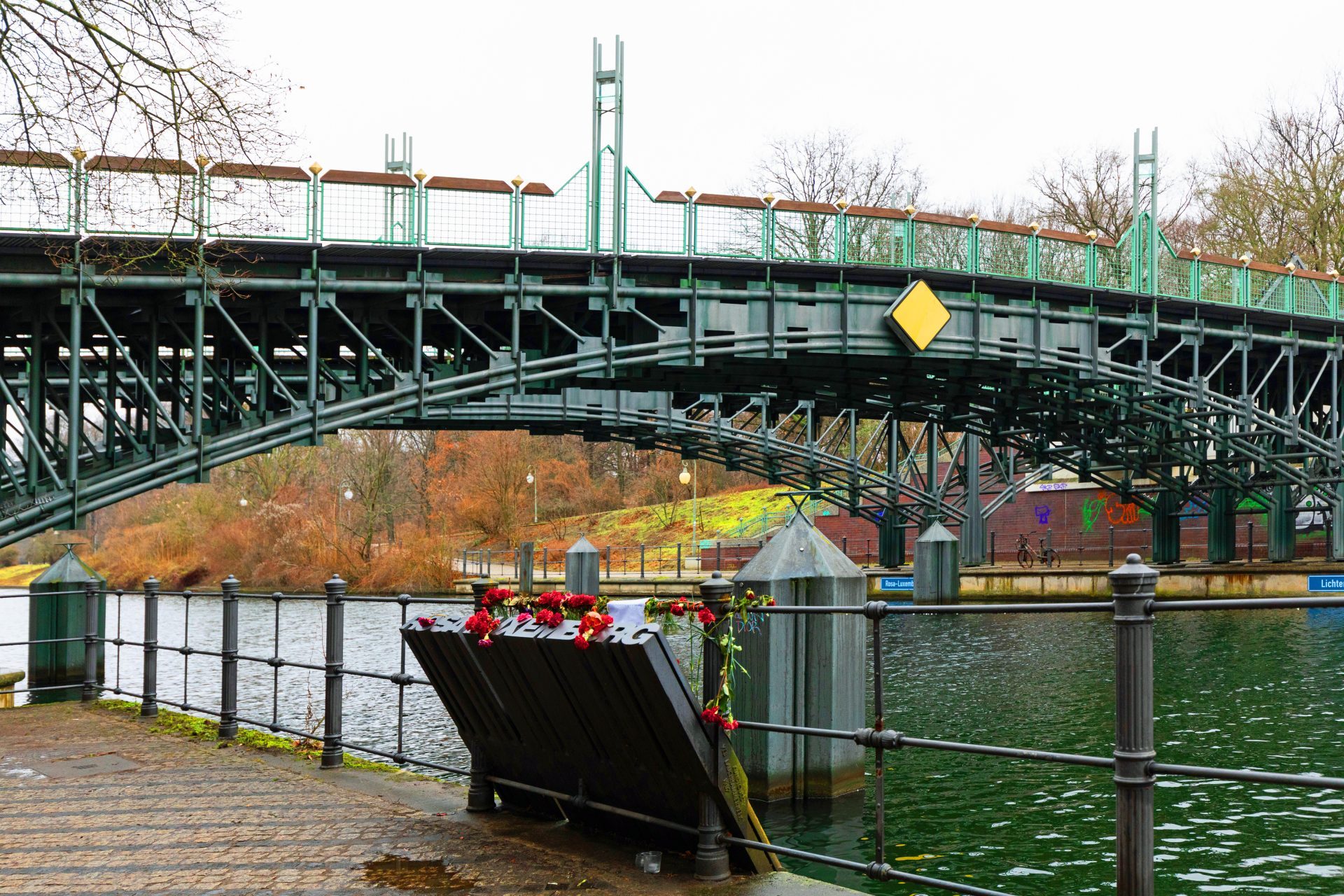
The Crime Scene
-
The two architects who designed the Rosa-Luxemburg-Steg, Ralf Schüler and Ursulina Schüler-Witte, also proposed erecting a monument to the political activist Rosa Luxemburg (1871–1919), who was murdered and thrown into the Landwehrkanal on 15 January 1919.
-
The Bauhaus was founded in the same politically turbulent times in 1919.
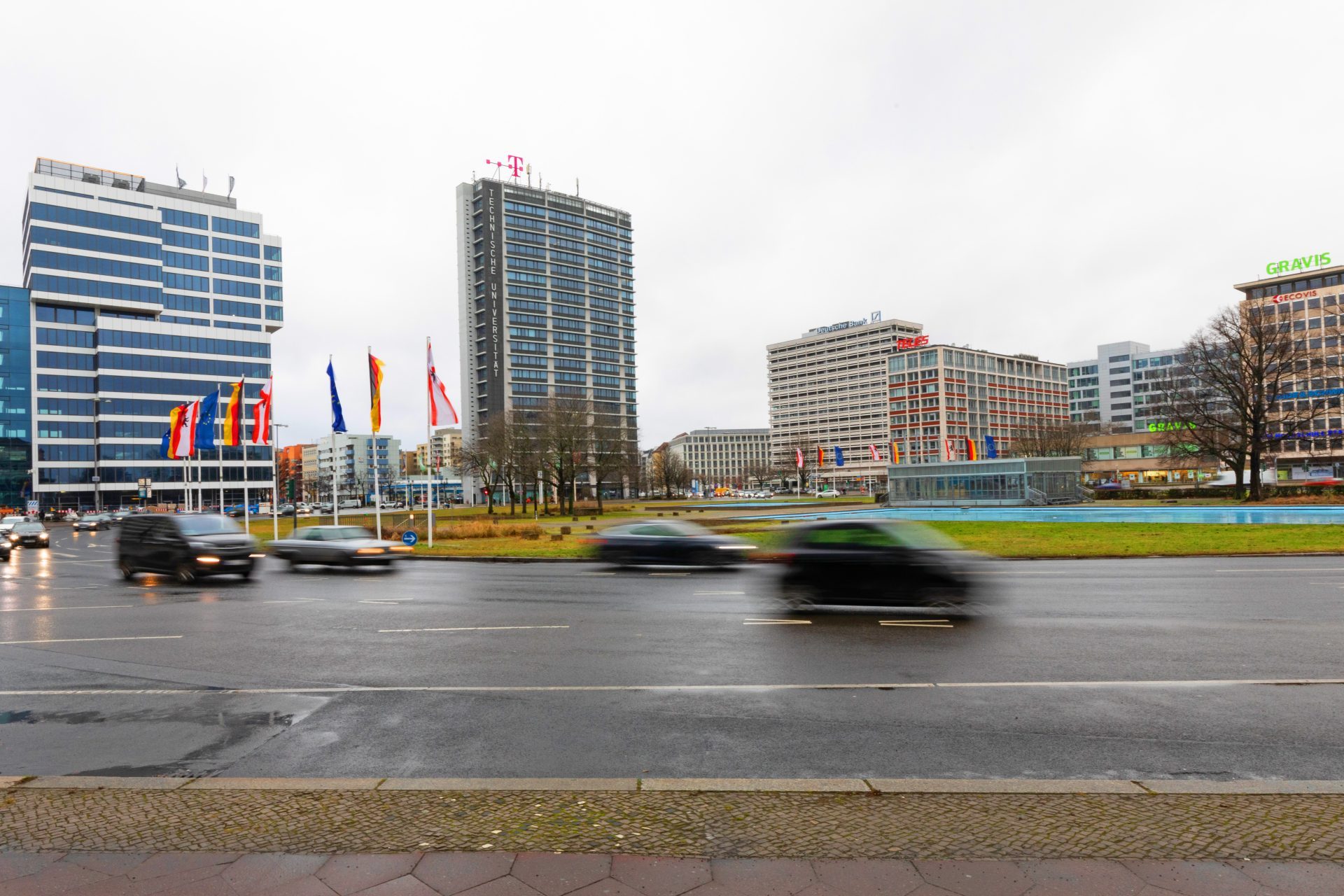
The Island
-
Ernst-Reuter-Platz was once part of a large section of West Berlin which was completely rebuilt after World War II. Berlin’s master architect Werner Düttmann designed the public areas and water fountain for the roundabout.
-
When it opened in 1960, the press sang its praises as one of the most beautiful places in Berlin. Yet Berliners never took a liking to this drab-looking idyll despite its fountains and formerly maintained greens.
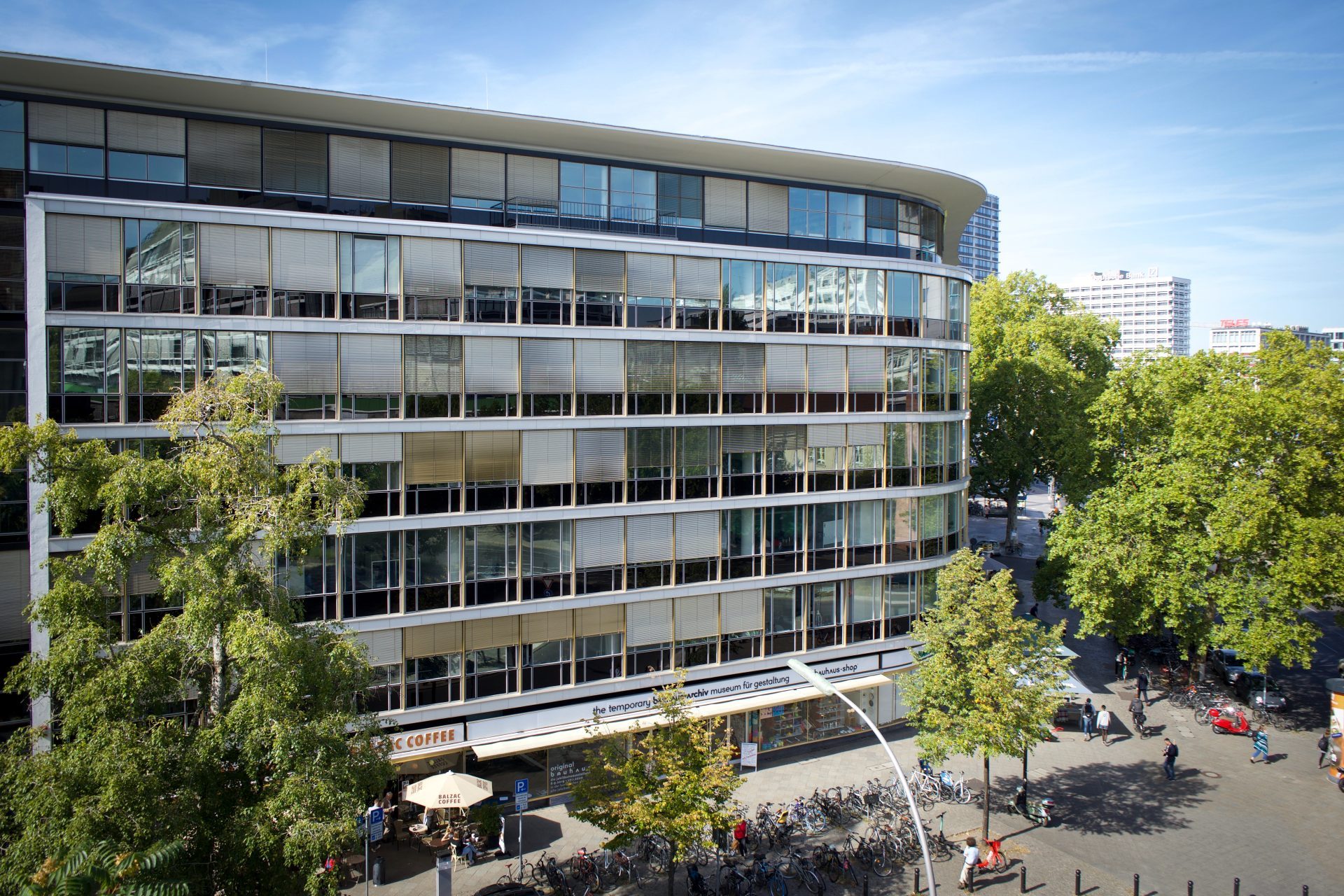
The Temporary Bauhaus-Archiv
-
The elegant Haus Hardenberg designed by architect Paul Schwebes was built in 1955–56. It is a prominent example of post-war architecture of former West Berlin.
-
The project space of the Bauhaus-Archiv, the Temporary Bauhaus-Archiv, provides space to deal with the collection as well as questions about architecture, design and society. Also, you can visit the immersive installation Bauhaus Infinity Archive there, or discover Bauhaus classics and contemporary design at the Bauhaus-Shop.
